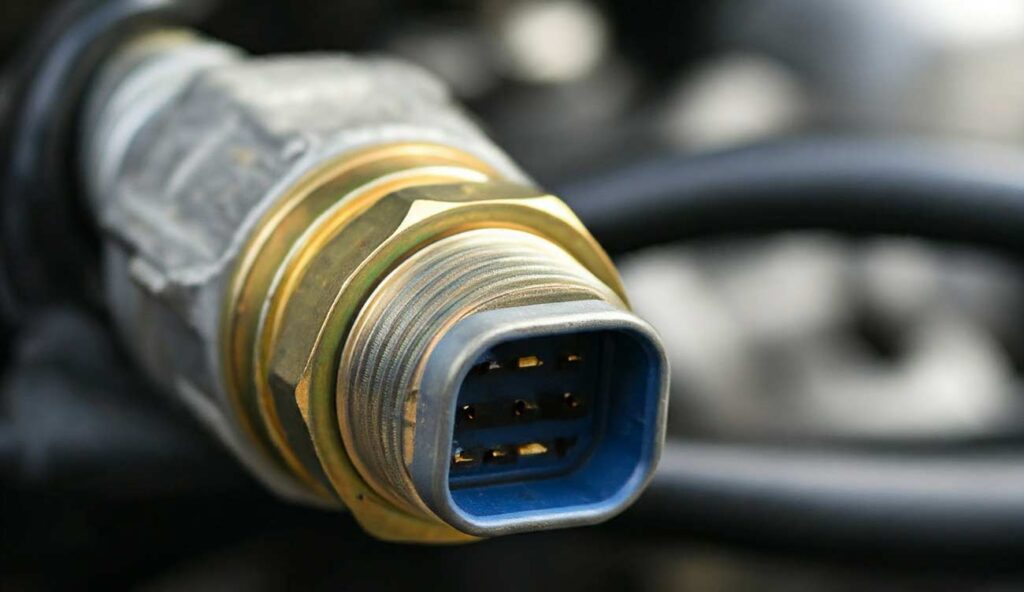If your vehicle’s coolant temperature sensor is faulty, you might be wondering if it will cause your engine’s check engine light to come on. The answer isn’t always a straightforward yes or no, but understanding how this sensor works is key.
What Does a Coolant Temp Sensor Do?
The coolant temperature sensor, often referred to as the ECT sensor (Engine Coolant Temperature), plays a vital role in your engine’s operation. It monitors the temperature of the engine coolant and sends this data to the Engine Control Unit (ECU). The ECU uses this information to adjust air-fuel mixture, ignition timing, and other important factors. When it functions properly, it helps your engine run efficiently. But if it’s not working, the consequences can vary.
The question is: will this sensor cause an error code? The short answer is: yes, it can.
How Does a Faulty Coolant Temp Sensor Trigger a Code?
When the coolant temperature sensor malfunctions, it can send incorrect readings to the ECU. This can trigger the check engine light. The ECU detects that the values being reported by the sensor are outside the normal operating range and throws an error code. Typically, you might see a P0115 to P0119 error code, depending on the exact problem.
A bad coolant temp sensor can make your car think the engine is running hotter or colder than it really is. If it tells the ECU that the engine is cold when it’s actually hot, for example, the ECU might increase the fuel mixture, which can lead to poor fuel economy, excessive emissions, or even engine damage over time.
According to Auto Service Experts, this can even make the car enter “limp mode,” limiting engine performance to prevent overheating or damage.
Common Symptoms of a Failing Coolant Temp Sensor
Before your vehicle throws a code, you might notice a few warning signs that the ECT sensor is failing. These include:
- Poor fuel economy: The engine may run too rich or too lean.
- Black smoke from the exhaust.
- The engine overheating or running cold.
- Difficulty starting the engine, especially in extreme weather conditions.
- The radiator fan running constantly or not running at all.
If you experience these issues, there’s a high chance your coolant temperature sensor might be the problem, even before it throws a code. According to data from RepairPal, a faulty coolant sensor can cost around $150 to $200 to replace, with labor typically being the higher cost, depending on the vehicle model.
What Does the Code Actually Mean?
Error codes that stem from a bad ECT sensor are usually part of the OBD-II system, which monitors your vehicle’s performance. As mentioned earlier, codes like P0115 or P0117 relate directly to the coolant temp sensor. Here’s a quick breakdown of common codes:
- P0115: Coolant temperature sensor circuit malfunction.
- P0116: Coolant temperature range or performance problem.
- P0117: Low input from the coolant temperature sensor.
- P0118: High input from the sensor.
- P0119: Intermittent signal from the sensor.
These codes tell mechanics exactly where the problem lies, making it easier to diagnose the issue.
Diagnosing and Fixing the Problem
Mechanics typically use an OBD-II scanner to check for codes and determine whether the sensor is the cause of your issues. If you’re mechanically inclined, you might be able to test the sensor yourself using a multimeter to check for proper voltage or resistance.
Replacing a coolant temp sensor is often a simple job that can be done at home. Many sensors are easily accessible, usually located near the thermostat on the engine. However, on certain models, it might be tucked away in harder-to-reach spots.
Wrapping It Up
A faulty coolant temp sensor can definitely throw a code, and when it does, you should address it as soon as possible. Ignoring the issue could lead to poor fuel economy, excessive emissions, and even engine damage. Stay proactive, check for early symptoms, and don’t hesitate to get it repaired or replaced to avoid larger problems down the line.

